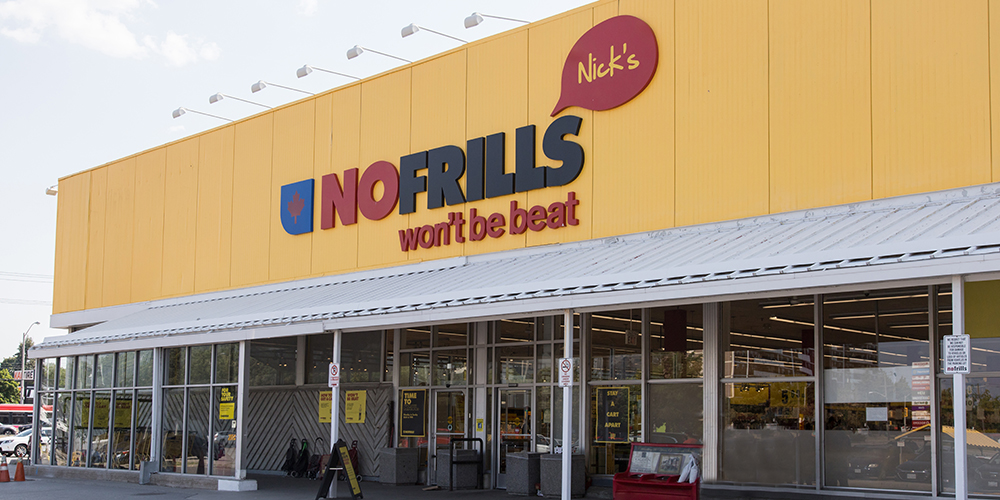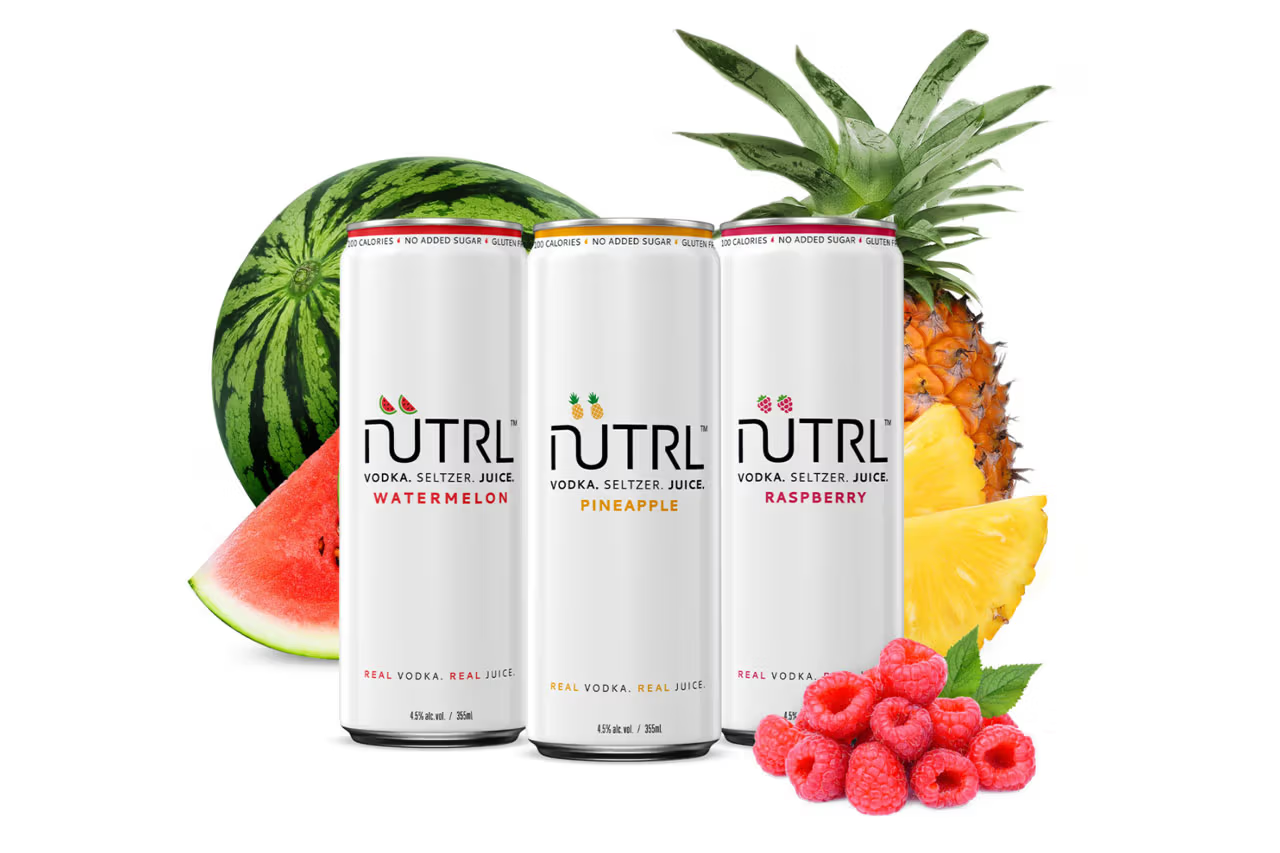On Friday, an orphaned killer whale calf successfully escaped from a secluded tidal lagoon off Vancouver Island. After being trapped for over a month, the calf eagerly swam towards the open ocean, emitting calls in search of its extended family, much to the relief of rescue officials.
The calf’s emancipation took place during a high tide early Friday, navigating through a narrow, swift-moving channel towards Esperanza Inlet visible in the distance.
Chief Simon John of the Ehattesaht First Nation expressed elation during a news conference, describing the day as one filled with joy. “I’m incredibly thrilled about today’s events. There has been eager anticipation for this moment over the past five weeks.”
Since March 23, when the calf’s pregnant mother stranded and died near a bridge in a small inlet close to the community of Zeballos, B.C., more than 450 kilometers northwest of Victoria, dedicated rescue efforts have centered around the orphaned orca.
Having been stationed in Zeballos since last month collaborating with local First Nations on a rescue strategy, Cottrell expressed certainty that the young orca will endure and reunite with its family.
With a history of involvement in numerous whale rescues along B.C.’s coast, Cottrell characterized the events of Friday as “one of the most rewarding experiences” he has ever had.
On Thursday evening, the two-year-old orca calf, estimated to be about two years old, delighted observers as she breached and frolicked near the bridge end of the lagoon. However, only a handful of individuals were present to witness her escape under the bridge, shared John in an interview.
Dubbed kwiisahi?is, or Brave Little Hunter, by the First Nations, the calf began consuming seal meat provided by the nations the previous week, sparking optimism among rescuers that they could lure her out of the lagoon by creating a food trail.
A comprehensive rescue team comprised of Indigenous leaders, marine mammal experts from the Fisheries Department, veterinarians from the Vancouver Aquarium, commercial fishermen, divers, and drone operators abruptly halted a planned capture operation last week when the orca displayed interest in the seal meat tossed to her. Additionally, she was observed catching herring within the lagoon.
On Thursday night and early Friday, four individuals from the Ehattesaht and neighboring Nuchatlaht First Nation—Rob John, Judea Smith, Victoria Wells, and Ashley John—ventured out in a small inflatable boat. Through the strategic tossing of sea lion meat, they successfully persuaded the killer whale calf to depart the lagoon.
Cottrell expressed apprehension about the possibility of the young whale stranding itself on the same rocky beach where her mother perished during low tide. However, the orca deftly navigated towards the bridge and exited the lagoon.
“We watched her all night,” he said. “We were worried last night that she may live strand. What an amazing adventure this has been. There’s been lot of ups and downs and twists and turns, given the death of mom and the orphaned calf and figuring out the best way to approach the situation.”



